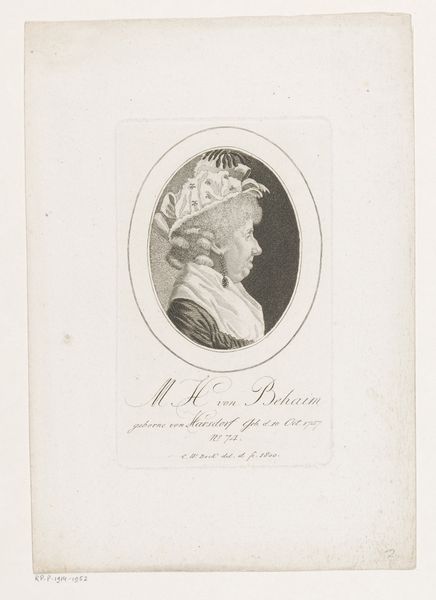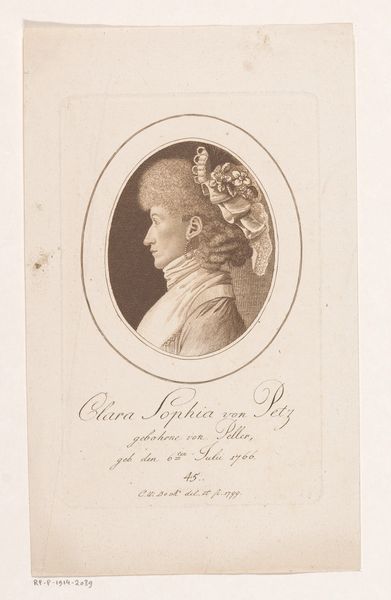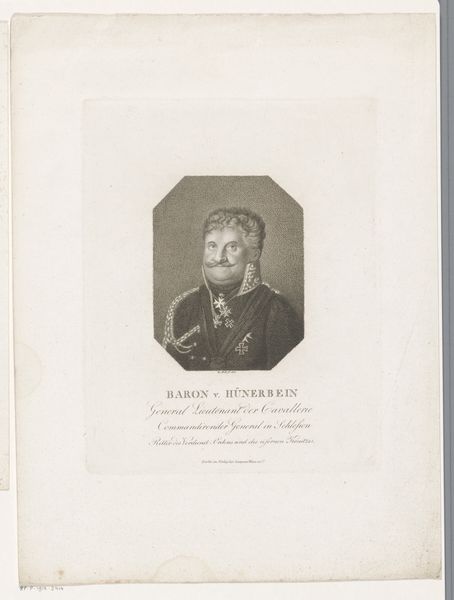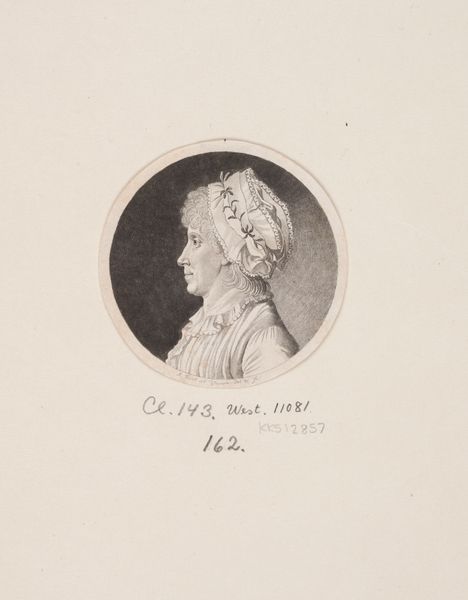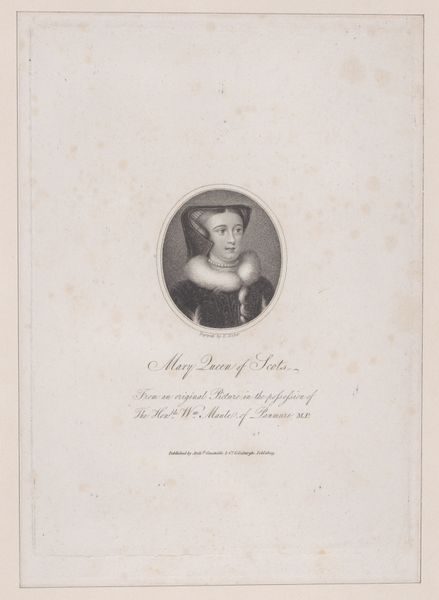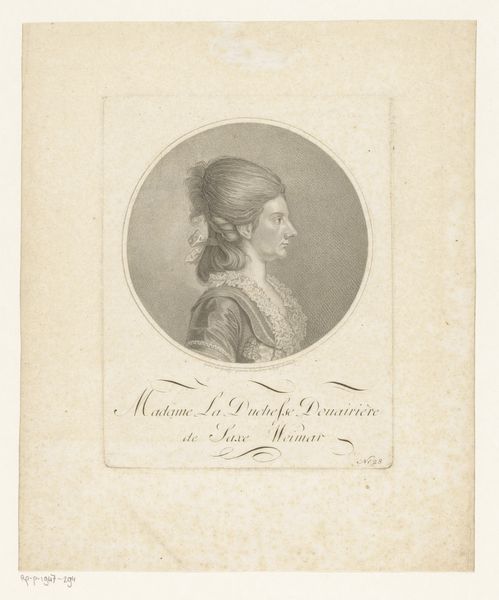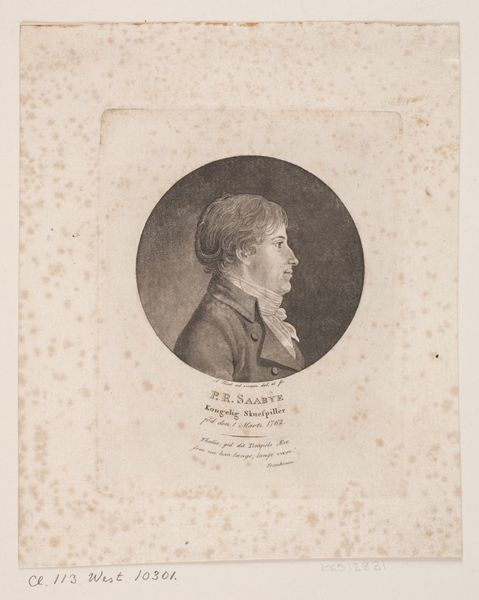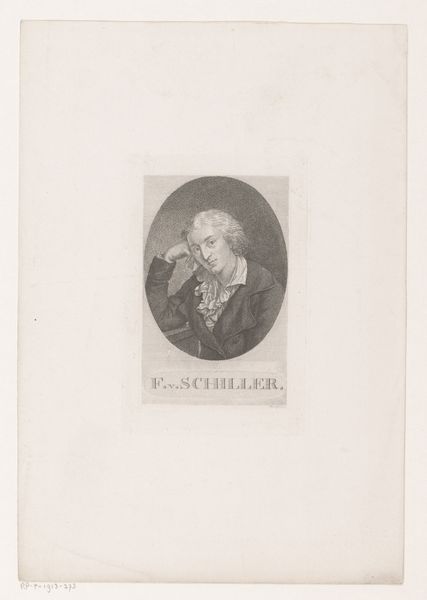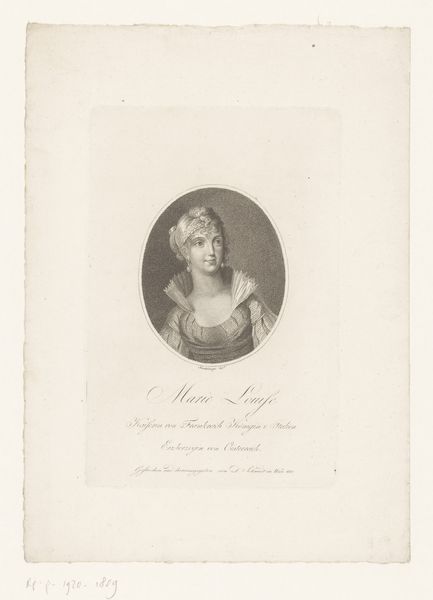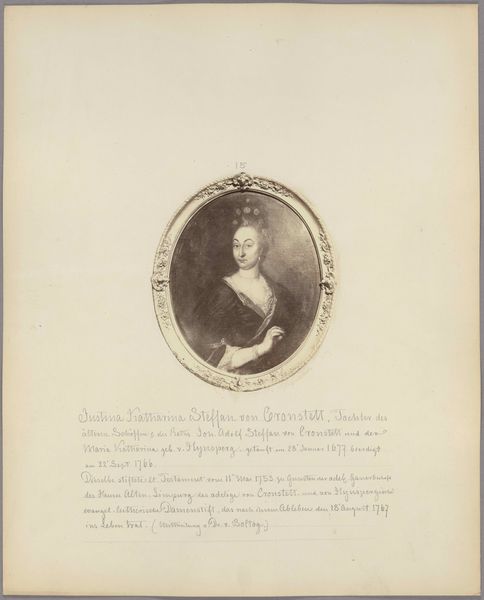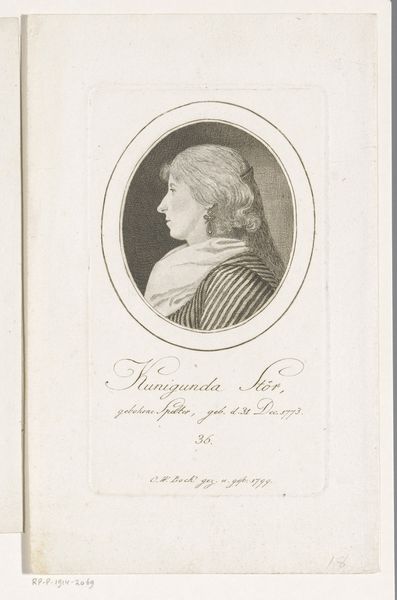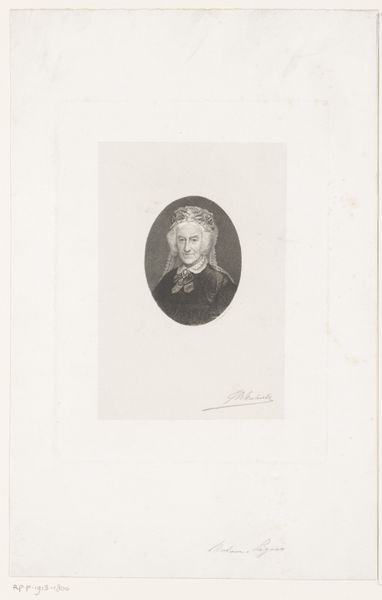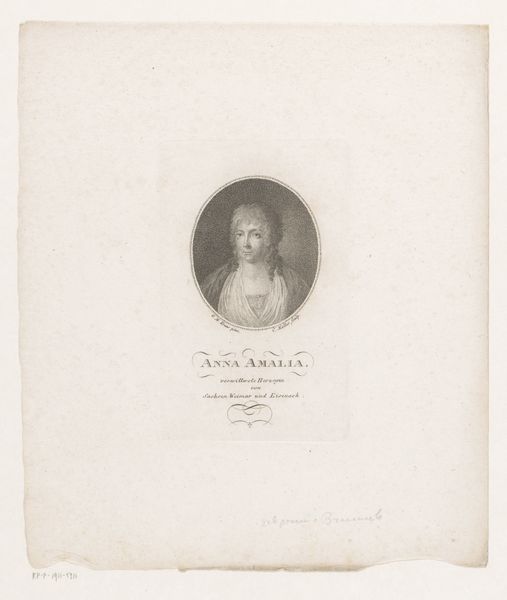
print, paper, engraving
#
portrait
#
neoclacissism
# print
#
old engraving style
#
paper
#
engraving
Dimensions: height 164 mm, width 100 mm
Copyright: Rijks Museum: Open Domain
Curator: This is a neoclassical engraving, "Portret van Johann Thomas Stürmer," created in 1798 by Christoph-Wilhelm Bock. It’s printed on paper and currently held at the Rijksmuseum. Editor: Stark, almost austere. The precision of the lines suggests meticulous labor, the delicate rendering of Stürmer's face encased within that oval like a cameo. The military detailing provides the most interest. Curator: The social context is interesting here. Engravings like this served as a crucial means of disseminating images of power and status, creating accessible versions of portraiture during a period defined by political and social upheavals. What does Stürmer’s dress code signify during the neo-classical movement? Editor: Right. And that accessibility is key. Engraving democratized portraiture, allowing a broader public to possess and circulate images of influential figures. Bock's technique seems intentionally refined. Note how he's emphasized the epaulettes on the man’s jacket – likely carefully manufactured – signifying status and material wealth of the military complex. The textures he's replicated – the smooth skin versus the detailed ruff around the neck – highlight a certain materiality, almost obsessive. Curator: And think about the male gaze being central within such representation! Stürmer becomes not just a person but a signifier of Enlightenment ideals and masculinity, embedded in socio-political systems of class and rank. Also how the name of the man is far more ornate compared to the very pragmatic line used for the title... Editor: Exactly! The interplay between the production process, the portrayed subject, and the audience's consumption patterns created and reinforced hierarchical power dynamics of its time. Paper manufacturing, engraving techniques—they’re not neutral. They're laden with intention and social coding. Curator: Absolutely. Understanding such encoding allows for a nuanced reading of this engraving. We see it is more than a simple portrait but a meticulously crafted image embedded in specific socio-economic conditions. Editor: Precisely. Analyzing the materials and methods reframes this "Portret" from a mere likeness to a product of its time, a tangible trace of both the labor invested and the social structures it helped cement. It reveals the intricate links between art, society, and material culture.
Comments
No comments
Be the first to comment and join the conversation on the ultimate creative platform.
